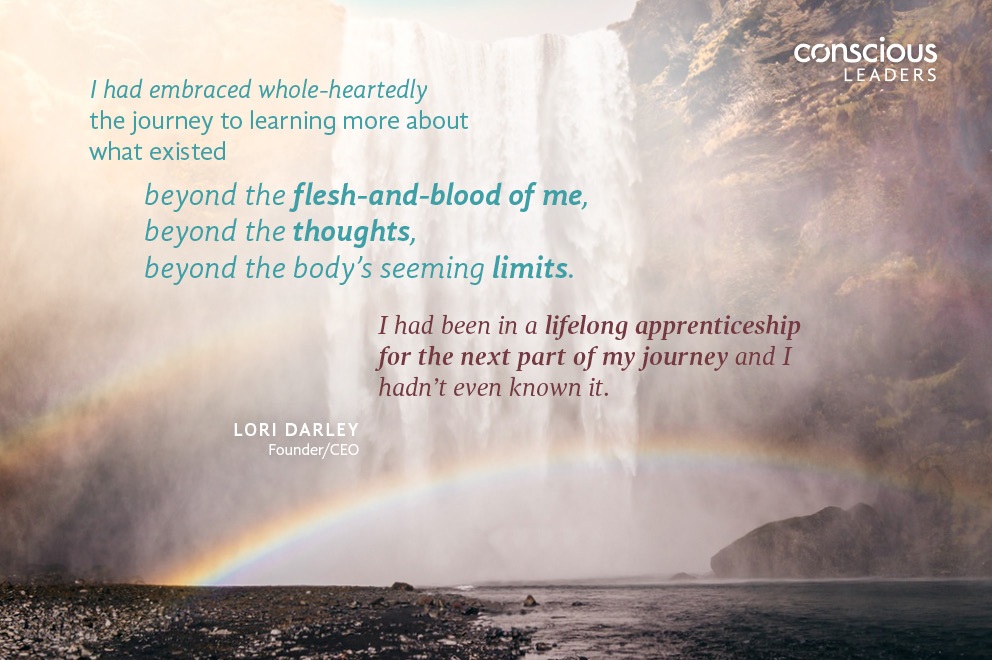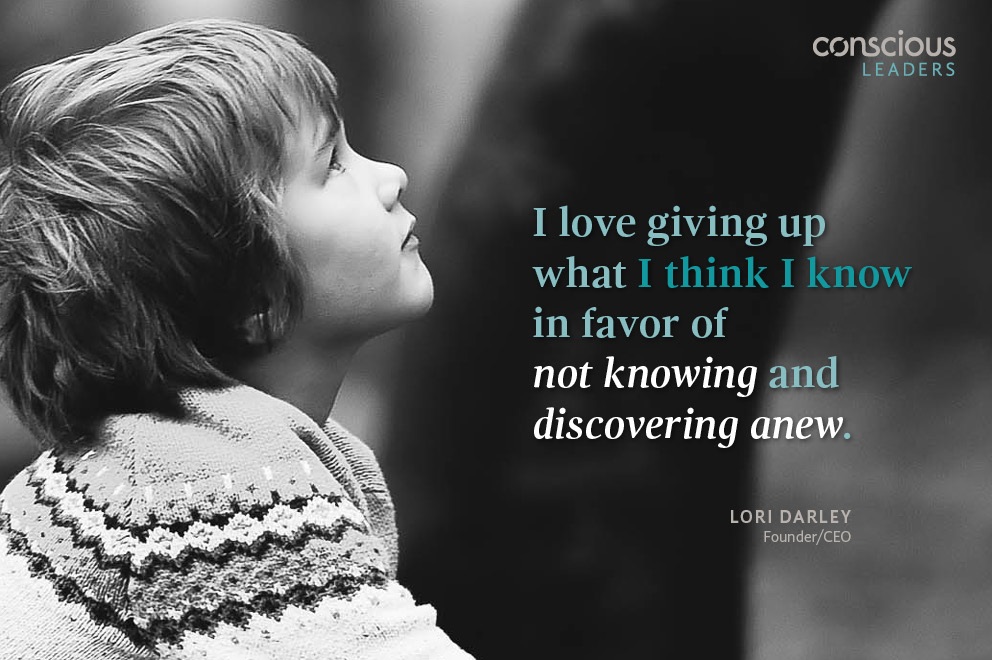Has the Passion for New Year’s Resolutions Faded Already?
Co-Authored with Agata Antonow
It’s been several months since New Year’s, and champagne corks popped and the kisses bestowed are a distant memory. If you set any intentions or resolutions for 2017, are those a distant memory, too?
Most of us know these resolutions have a low follow-through rate. In fact, according to research complied by Opinion Matters, 59.6% of people who set them have broken their resolutions by January 11. The average length of a resolution kept is one day.
What Are You Striving For, Anyway?
Does it matter whether you call them goals or something else? “Goals” strongly suggest striving for something while outcomes feel like they have already arrived. The words you use can matter here. If you feel a resistance to the word “goals” you may feel more alignment with the idea of outcomes—of something you already have and just have to bring into your life fully.
Personality Matters
If you’re having a hard time sticking to your stated goals, intentions, or objectives, it might also be time to take a closer look at your personality. While personalities are fluid and ever-developing, we are conditioned to think of ourselves a certain way and we all have stopping points. Thinking of your intentions and objectives with personality types in mind is one way to trick your mind into overcoming some of the obstacles we create.
Some personality types do better with deadline-based ideas and logical step-by-step benchmarked processes. Breaking it down and setting up flow charts or spreadsheets to see progress can help keep people with those personality types going.
Other people do much better with freedom, flexibility, spontaneity, and improvisation in their goals. Spreadsheets leave them cold, but dreaming big and taking steps toward the goals are where the magic happens. That’s not to say you can’t adapt and use flowcharts if you’re more of a freewheeling type, but you’ll find yourself running into fewer obstacles if you set your goals and pursue them according to your personality type.
I’m
a certified professional in the Myers-Briggs Type Indicator® (MBTI®)
personality inventory and when I got my certification I learned a great deal
about how our personality types affect our behaviors. Understanding our
personality types and working with those types can help us set up the systems
and habits that support us best. If you’d like more information or coaching in
this area, you can contact me for support.
The average length of a resolution kept is one day.
Other people do much better with freedom, flexibility, spontaneity, and improvisation in their goals. Spreadsheets leave them cold, but dreaming big and taking steps toward the goals are where the magic happens. That’s not to say you can’t adapt and use flowcharts if you’re more of a freewheeling type, but you’ll find yourself running into fewer obstacles if you set your goals and pursue them according to your personality type.
I’m a certified professional in the Myers-Briggs Type Indicator® (MBTI®) personality inventory and when I got my certification I learned a great deal about how our personality types affect our behaviors. Understanding our personality types and working with those types can help us set up the systems and habits that support us best. If you’d like more information or coaching in this area, you can contact me for support.
The Bigger Goals: Reconnecting With Your Purpose
Having worked with models like the MBTI® personality inventory and The Empowerment Dynamic by David Emerald, I have been helping people achieve their intentions throughout my coaching career. Recently, I have developed the True Freedom Index and other resources you can take a look at to get started.
There are many ways to enter our future. Personality theory and inventory focuses on the tendencies and preferences you have which you can practice flexing. The Empowerment Dynamic takes a look at the whole of us, not just our personalities. Exploring different approaches can be a big help if you encounter obstacles in your way.
Understanding our personality types and working with those types can help us set up the systems and habits that support us best.
What I’ve learned from my work is that setting goals in a vacuum doesn’t have a great chance of success, simply because you’re relying on pure willpower. By connecting with the higher purpose of your resolutions, however, you’re giving yourself the reason you need to keep going, even with eventual challenges.
With a transformational model approach, for example, you might ask yourself:
- Are you clear about the future you're committed to manifesting?
- If you are, then what's the first thing that you would need to do to manifest that future?
- What conversations would you need to have?
- What partners or partnerships could you create in support of that vision?
- How do you relate to the eventual breakdowns that are likely to occur? Or do you get stopped when challenges arise? Or do you continue to press on, examining the relationships, the possibilities and the opportunities from a place of beginning again?
Taking this sort of inventory lets you go beyond setting a goal which focuses on an end result and moves you toward envisioning how your goal might work in action, which prepares you for the journey of following your dream.
The Transformational Model for Getting on the Cycle of Success
Another powerful factor to consider is the motivation behind your dreams. Telling yourself you will increase revenues at your company by five percent is fine, but what happens when you run into blocks or encounter busy weeks where working on your goal seems like a distant priority?
This is where the transformational model allowing you to move from victim to creator can be supportive in your journey. With many types of resolutions, we start from a place of fear and we begin with a general goal. Maybe we tell ourselves this is the year we launch our new business. But then perhaps we get turned down for financing or we don’t know where to start. Maybe we tell ourselves we need to “know someone” to get ahead. We start to tell ourselves we have “failed” instead of getting present and not assigning meaning.
When we start assigning meanings to events and we start getting out of the present, we act from fear. We’re worried about losing the house at some point in the future or we read that some new businesses close within the first year and we think the fact we are only making X amount of money means we are destined to “give up.” If we take any actions toward our dreams at all, our steps come from fear. Is it any surprise we give up or take action on our goals only intermittently?
By connecting with the higher purpose of your resolutions, however, you’re giving yourself the reason you need to keep going, even with eventual challenges.
And of course, there’s another problem. We may be so focused on the steps themselves that we lose sight of the goal. Let’s consider a common New Year’s resolution this year: to let go of our addictions to gadgets. We need to balance our fear of missing out with our need to stay connected for business. If we check Facebook when we’re supposed to be meditating, it can feel as though it’s all over. But the dream is not lost—we just have to get out of the story that casts us as the lead role in our victim narrative. Instead of giving up all screens forever, we can take baby steps. Maybe we don’t check our phones before breakfast. Or maybe we focus on our family at dinner by turning off our phone.
So how can we use the transformation model to move from victim to creator? We have to get clear about our outcomes: When will we know when we have reached them? How will we feel? How do our goals look? When do we want these dreams fulfilled? What can we do if it takes longer than we expect? What is the journey to reach this goal?
Instead of setting a one-sentence outcome, we want to find a declarative statement that encapsulates our dream and connects us to our hearts. Maybe our desired outcome is to become committed to improving the work culture so employees enjoy what they do and feel supported in giving customers the best experience possible. Maybe a desired outcome is to work on our personal relationships so we grow together with friends and family.
Once we have a heart-centered and clear outcome, we want to deep-dive and look at the passion behind the goal. If we want to take our company public this year, why is that? What is the passion driving that? Do we feel we can change the world, make people’s lives better? Whose life will be better—and how? How will our own life change for the better? How will this benefit our families? When we have an outcome, we might want to ask “for the sake of what?” to find the rallying mission behind our desires.
Once we connect with the passion and the clear goal we have defined, that’s where we want to start on the action. Instead of taking steps out of fear, we want to be taking steps toward our goals and passions.
Instead of taking steps out of fear, we want to be taking steps toward our goals and passions.
On the surface, this may look almost the same. Both the entrepreneur who wants to start a business to correct a social injustice and the one who wants to increase his savings to buy a house may start with a business plan and application for funding. But the magic happens in the creation. The entrepreneur intent on changing the world has cast himself in the job of a creator. When things get tough, that passion can keep him moving forward because he doesn’t want just a business—he wants to make something. And there are always many ways to make something.
The man who wants to save to buy a house also needs to tap into his passion around his dream. He can focus on where he feels the passion for his dream in his body. What does the thought of home ownership feel like? Where does he feel the energy in his body when he thinks of buying and living in his home? When challenges arise, he can enter into that physical feeling fully in the moment to recapture the passion.
By tapping into passion, it’s easier to stay on track. And taking those baby steps because you are on track becomes a little easier. When you combine that with the personality-based approach to making your goals come true, you create a powerful and personalized system for getting you into action naturally, instead of fighting yourself at every step.
Do you need support? If you do, you can always reach me for coaching or my programs. Whether we meet or not, though, you have the power to reach your goals. By the time 2017 draws to its final hour, you may have connected to what matters most to you and connected your goals to that passion. That is truly the fuel that makes your most fulfilled life possible.



